GRUTA DO GALO


[Flores – Azores]

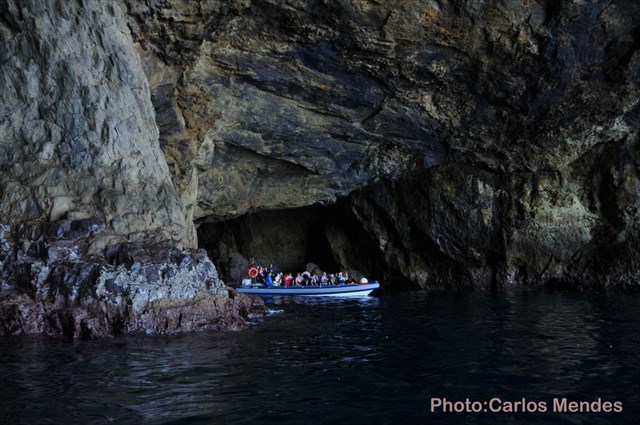
EARTHCACHE

PORTUGUÊS

Geologia da Ilha das Flores
(o “fim” ou o “início” da Europa…)
A ilha das Flores, data de 2,16 milhões de anos. Esta earth-cache (Gruta do Galo), está localizada na orla costeira em pleno Complexo de Base. No Complexo de Base incluem-se todas as formações e estruturas vulcânicas resultantes da atividade vulcânica submarina e emergente; esta unidade ocupa, naturalmente, os níveis vulcanoestratigráficos infe-riores e aflora maioritáriamente na orla costeira, sobretudo na base e no sopé das escarpas costeiras e recuadas. Inclui sequências de brechas e tufo vulcânico e séries de lavas e piroclastos de natureza basáltica, intensamente palagoni-tizadas.
(Informação e imagens retirada do artigo “The Volcanotectonic Evolution of Flores Island, Azores (Portugal)”, de J. Azevedo, publicado no “Jornal of Volcanology and Geothermal Research)
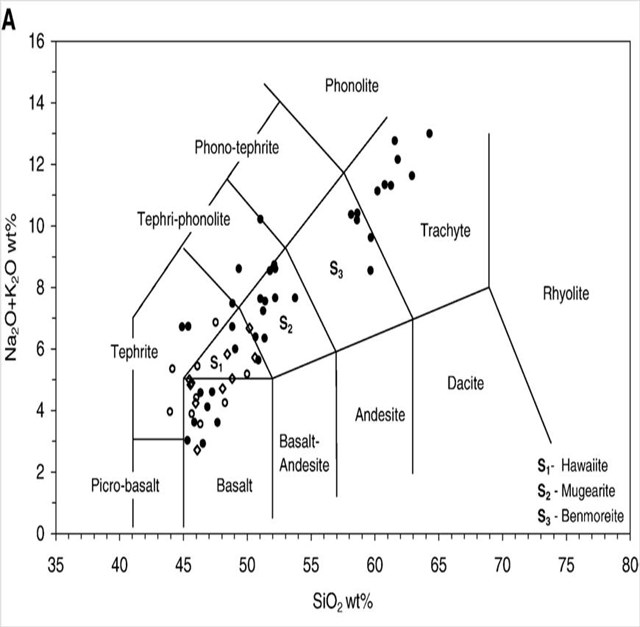
GRUTA DO GALO
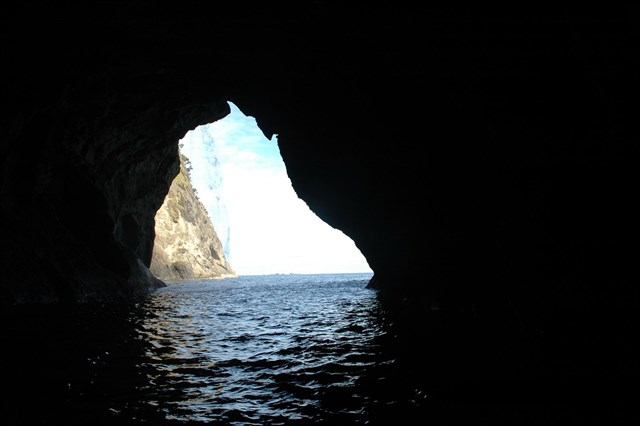
Gruta do Galo, assim denominada, porque num rochedo, localizado próximo, parece estar esculpido o perfil de um galo. Esta gruta, tem interessantes formações geológicas, nomeadamente, a entrada que nos faz lembrar uma catedral.
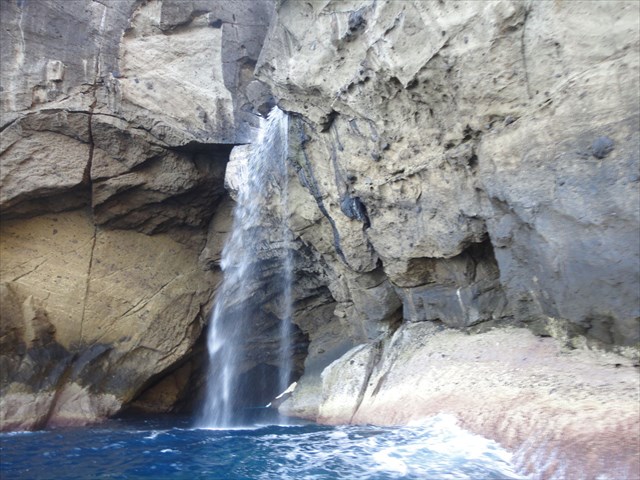
A Gruta do Galo situa-se na costa Este da Ilha das Flores, a aproximadamente quatro milhas náuticas para Norte do Porto de Santa Cruz e apresenta uma formação rochosa semelhante à cabeça de um galo, daí a sua designação. No percurso de barco, pode observar-se a costa recortada, com grutas, cavernas e ilhéus, a escassos metros da costa. O local é constituído por uma gruta e uma enorme fenda, separadas por uma cascata de água doce, fazendo-se nesta a descida até aos 8 metros de profundidade. O fundo encontra-se a uma profundidade máxima de 22 metros e é constituído por enormes blocos rochosos, formando entre eles, pequenas grutas. Nestes blocos, forma-se uma caverna com duas entradas. O interior da fenda tem fundo de areia e encontra-se à esquerda da cascata de água doce.
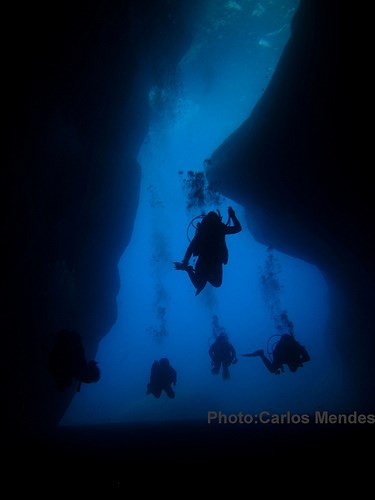
Este local, classificado como uma das “sete maravilhas” desta ilha, é um ex libris do mergulho na ilha das Flores já que para alem de uma caverna que proporciona um contraluz único em forma de Z, tem também um cascata de água doce que cai diretamente no mar a poucos metros da entrada da Gruta do Galo,
Perto da Gruta do Galo, localizam-se as Pedras do Frade e da Freira, pedras que devido à erosão tomaram formas que nos fazem lembrar uma freira e um frade.
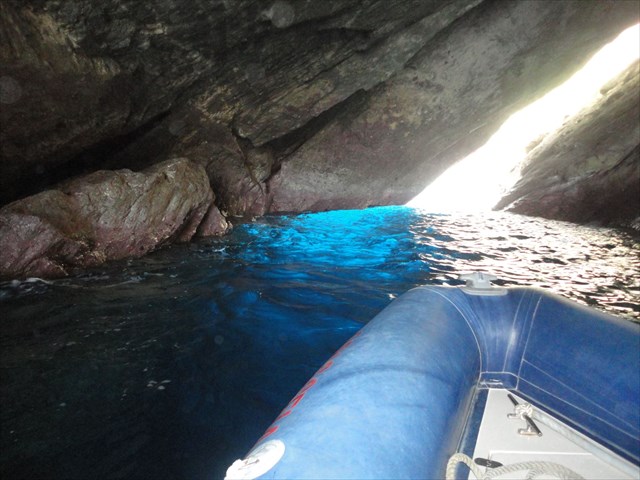
Fauna e Flora
Na entrada da gruta podemos ver encharéus de grande porte. Nas formações rochosas podemos observar sargos, salmonetes, peixes-balão, costureiras, cardumes de prombetas, bogas e chicharros. Nos buracos formados pelas rochas encontram-se moreias e meros. Nas fendas, no interior da gruta, pode-se observar ratões de grandes dimensões.

As Sete Maravilhas das Flores
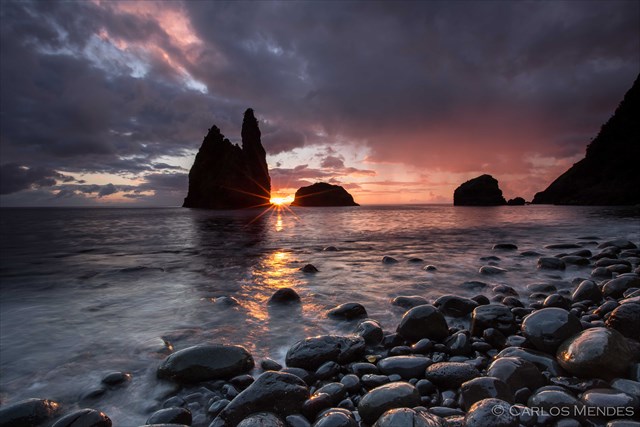
A população das Flores, escolheu, entre 21 locais nomeados, os sete sítios mais bonitos.São eles: o ilhéu do Monchique, a Gruta do Galo, a Gruta dos Enxaréus, a Caldeira Negra, a Caldeira da Lomba, o Poço do Bacalhau e a Rocha dos Bordões.

PARA REALIZAR E REGISTAR ESTA EARTHCACHE:
PERGUNTAS:
Para “encontrar/registar” esta cache deverá: provar que esteve no local e responder às seguintes questões, enviando um email/mensagem de Geocaching, com as respostas, em português ou em inglês, para o nosso perfil.
Só depois, de enviar as respostas, e conforme as “guidelines” para as Earthcaches, deverá efetuar o seu registo!
Serão removidos todos os registos que não obedeçam a estes requisitos.
a) Qual é a origem desta gruta? Será de origem: vulcânica ou de erosão?
b) Qual é a idade geológica aproximada desta ilha?
c) Dentro da gruta existe uma rocha em forma de “língua”. Por cima e na vertical - existe um filão. Explica como se formou este filão e explica a que se deve a cor diferente (relativamente à cor das rochas que o envolvem).
d) Na “paisagem geológica” associada a este filão, onde se localiza a “lava mais antiga”? E a mais “moderna”?
e) Como é constituído o “fundo marítimo” desta gruta e como é o fundo da fenda?
f) Qual é o comprimento, largura e profundidade desta gruta?
g) Dentro desta gruta (cavidade principal), existe mais alguma gruta/túnel? Se sim, qual é o seu comprimento aproximado (a partir da entrada da gruta)?
h) A partir do interior da gruta e no azimute 010º, o que se vê?
i) Quantas aberturas existem nesta gruta?
j) TAREFA OBRIGATÓRIA:Deverá tirar uma foto sua, onde você apareça (ou com um papel/placa onde conste o seu nickname e a data da visita) e que comprove a sua presença no GZ desta EC - NÃO METASPOILERS. Esta foto deverá ser colocada no seu registo ou enviada por email ou sistema de mensagens de Geocaching, para o owner!
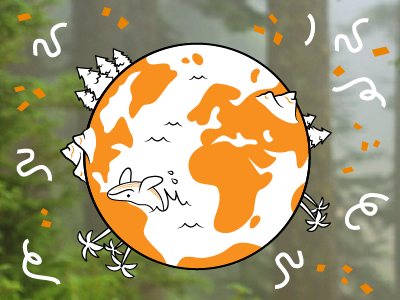
Não responderemos ao seu contato, a não ser que haja algum “problema” com as suas respostas ou registo.
AGRADECIMENTOS:
Agradecemos a especial colaboração do amigo Carlos Mendes, bem como do
Professor Doutor Victor-Hugo Forjaz - Vulcanólogo de Engenharia, Jubilado
e do Observatório Vulcanológico e Geotérmico dos Açores (OGVA)

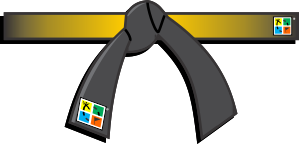
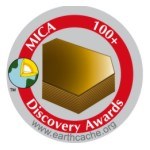
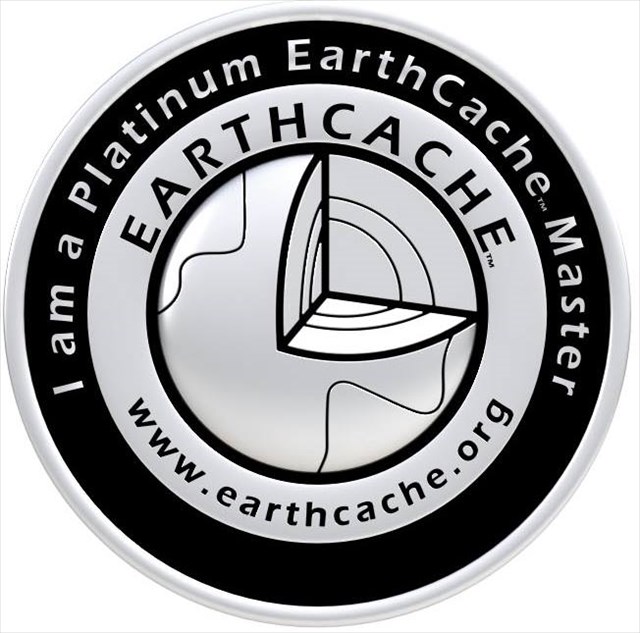
Rooster’s Cave
[Flores - Azores]

ENGLISH

Geology of the Island of Flores
(the "end" or "beginning" of Europe ...)
The island of Flores, dated 2.16 million years old. This earth-cache (Cave of the Rooster), is located on the coastline in full Base Complex. Base Complex includes all formations and volcanic structures resulting from submarine volcanic activity and emerging; this unit occupies naturally the lower “vulcanoestratigráficos” levels and arises mainly be on the coastline, especially at the base and at the foot of the coastal cliffs and indented. It Includes sequences and tuff breccias and lavas and pyroclastics of basaltic nature series, intensely “palagonitizadas”.
(Information and pictures from Article “The Volcanotectonic Evolution of Flores Island, Azores (Portugal)”, from J. Azevedo, published in “Jornal of Volcanology and Geothermal Research)
ROOSTER’S CAVE
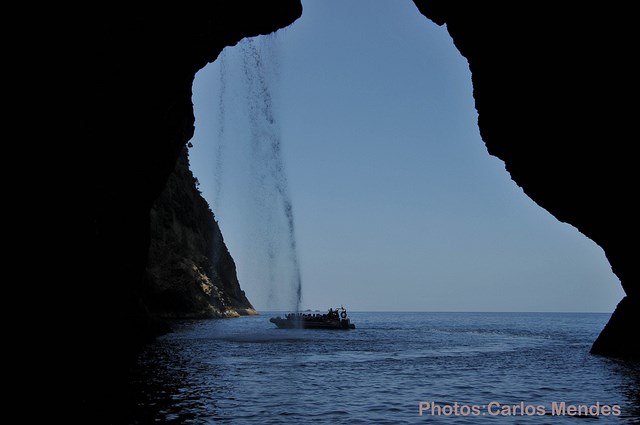
“Gruta do Galo” – “Cave of the Rooster”, so named because a rock, located nearby, seems to be carved profile of a rooster. This cave has interesting geological formations, namely, the entry that reminds us of a cathedral.

The Rooster’s Cave is located on the east coast of Flores Island, 4 nautical miles north of the Port of Santa Cruz and has a rock formation that resembles the head of a rooster, hence its name. On the boat ride, you can observe the jagged coastline with caves, caverns and islets, a few meters from the shore. The site consists of a cave and a huge crack, separated by a cascade of freshwater, making up this descent up to 8 feet deep. The fund is at a maximum depth of 22 meters and consists of huge boulders, forming between them, small caves. In these blocks, formed a cave with two entrances. The interior of the slot has a sandy bottom and is left in the cascade of fresh water.
This site, ranked one of the "seven wonders" of the island, is an ex libris dive on Flores because beyond a cave that provides a unique Z-shaped backlight also has a sweet cascade of water falling directly into the sea a few meters from the entrance of the Cave of the Rooster
Near Rooster’s Cave, are located the stones Frade and Freira, stones due to erosion took forms that remind us of a nun and a friar.
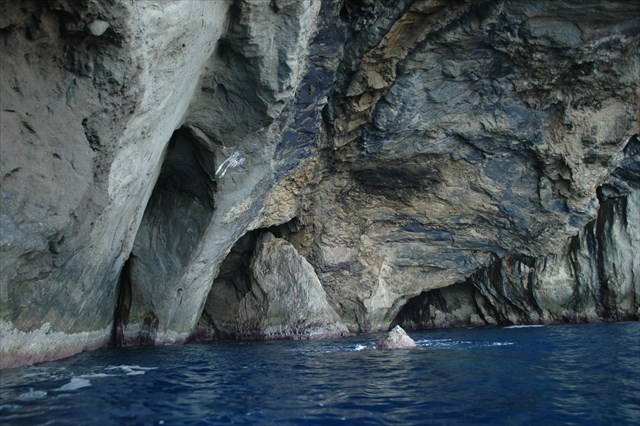
Fauna and Flora
At the entrance of the cave we can see encharéus large. In rock formations can be seen bream, mullet, fish balloon, seamstresses, shoals of “prombetas”, “bogas” and mackerel. In the holes formed by the rocks are morays and groupers. In cracks within the cave, we can observe large stingrays.
The Seven Wonders of Flowers
The population of Flores, chosen from 21 nominated sites, the seven most beautiful sites. They are: the islet of Monchique, the Cave of the Rooster, the Cave of Enxaréus, the Black Boiler, Boiler da Lomba, the Pit and the Rock Cod Bordões.
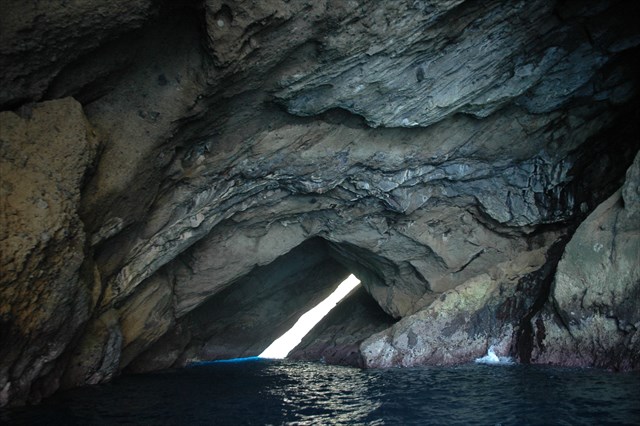

TO PERFORM AND LOG THIS EarthCache:
QUESTIONS:
To "find / register" this cache must: prove that visited the site and answer the following questions by sending an email / message Geocaching, with answers (in Portuguese or in English, only) to our profile.
Only later, sending the answers, and as the "guidelines" for EarthCaches should make your registration! They will be removed from all records that do not meet these requirements.
a) What is the origin of this cave? Is the source: volcanic or erosion?
b) What is the approximate geological age of this island?
c) Inside the cave there is a rock in the shape of 'tongues'. Above and vertically - there is a seam.
Explains how it formed this lode and explains that due to different color (over the color of the rocks that surround it).
d) In the "geological landscape" associated with this vein, where is the "oldest lava"? And the more "recent"?
e) What are the "seabed" characteristics and how is this cave in the bottom of the crack?
f) What is the length, width and depth of this cave?
g) Is there some other cave / tunnel inside the main cave?
If yes, what is its approximate length
(from the entrance of the cave)?
e) From the inside of the cave and the 035º azimuth what you see?
f) How many openings are in this cave?
g) TASK (not optional): You must take a picture of yourself, where do you show up, (or with a paper / plaque with your geocaching nickname and the date of the visit) and that proves your presence in the GZ of this EC - no spoilers please. This photo must be placed in your log or sent by email or Geocaching messaging system, to the owner!

We do not respond to your touch, unless there is a "problem" with their answers or register.

THANKS
We appreciate the special collaboration of the friend Carlos Mendes, and of the
Professor Victor-Hugo Forjaz - Volcanologist Engineering, Emeritus
and Volcanological and Geotermic Observatory of Azores (OGVA)




